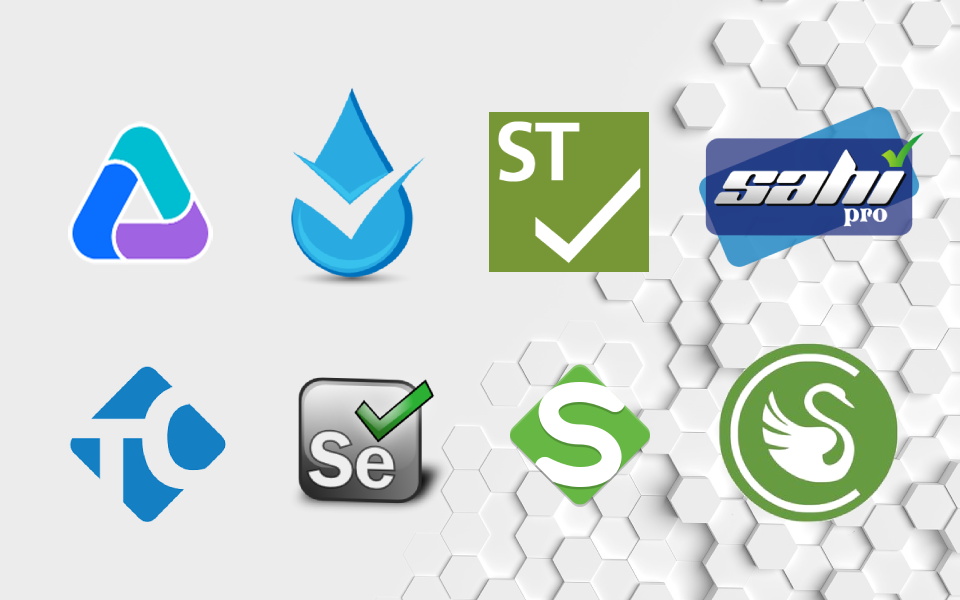6 minutes to read
What is Functional Testing? Complete Guide With Types, Tools, and Techniques


Chief Technology Officer
It is no exaggeration to say that functional testing is the backbone of the whole QA process.
Functional testing is a type of software testing that checks software for consistency with project requirements. A QA engineer verifies every software function during functional testing, providing corresponding input, and checking if the outcome complies with the specification. It is an extensive and time-intensive type of software testing.
As a rule, the black-box technique is leveraged for functional testing execution as QA engineers imitate end-users' behavior.
Features that distinguish functional testing from other types of software testing:
Types of Functional Testing

As we have already found out, functional testing refers to software functionality verification. Still, functional testing can be conducted in different ways, depending on the situation and goals. Thus, we can differentiate such types of functional testing:
Smoke Testing
Core features testing aimed to check if a new build is stable enough to execute more exhaustive testing.
Sanity Testing
A subset of regression testing that checks work of a particular function.
Regression Testing
Consistent testing checking if new code modifications haven't affected previously developed functionalities.
Taking into account its specificity, functional testing can be conducted on all testing levels. In these terms, we can speak about the corresponding types of testing:
Functional Testing Process

Carefully analyze product documentation
It is essential to thoroughly study project specifications to understand how an app should work, define main goals, and create a test plan.
Define functionalities that should be tested
On the ground of project requirements, QA engineers identify software functionalities that should be checked during functional testing.
Identify appropriate test data
Having studied requirements, QA engineers identify relevant test data.
Create test cases
QA experts make up test cases, covering functionality that must be tested.
Execute test cases
Once a UI is ready, a QA engineer starts work on the test execution.
Log bugs
If any bugs are detected, they must be reported and logged to an issue tracking system.
Functional vs. Non-Functional Testing
To help you clearly understand the point of functional testing, we recommend you compare it with non-functional testing.
| Functional Testing | Non-Functional Testing |
|---|---|
| Functional tests deal with app functionality. | Non-functional tests focus on such software characteristics as performance, scalability, and robustness, i.e., system work and behavior. |
| Functional testing concentrates on the project requirements. | Non-functional testing concentrates on users' expectations related to such software characteristics as loading time, stability, robustness, etc. |
| Functional testing is of primary importance, and therefore it is performed on a first-priority basis. | As it is not reasonable to check the general app performance if its core features work improperly, non-functional testing is conducted later. |
| Either manual or automated testing techniques can be used for functional testing execution. | The manual testing technique is not suitable for non-functional testing, which is usually conducted with automation tools. |
Functional Testing Techniques
Functional testing is based on the project specification, which can contain either functional requirements or business scenarios. As a result, two techniques can be applied:
Functional Test Automation
Functional testing can be conducted manually. However, when it comes to regression testing of a large-scope project, it makes sense to implement automation. Automated functional testing implies test execution by means of the pre-written scripts with no or little human supervision. Automated functional testing can bring numerous benefits.
First of all, automated functional tests can be run 24/7 without human involvement. It significantly speeds up the whole testing process. Secondly, automated testing helps avoid human errors and test skipping. Thirdly, they can be rerun whenever it is needed. And finally, it can be cost-effective in the long-term.
The following aspects must be considered for the effectiveness of functional tests automation:
Select an appropriate automation tool
Complete a list of requirements and desired features and pick up an automation tool according to them.
Automate appropriate test cases
You should thoughtfully select test cases for automation. First of all, you should take into account frequently repeated tests, test cases of high priority, time-consuming test cases, and those that must be run on different browsers and environments.
Frequently run tests
As soon as a basic suite of automated tests is ready, it is recommended to conduct frequent tests. Thus, you can improve your automation framework and detect more bugs.
Continuously maintain automated scripts
To avoid test failures and hassle, it is important to continually maintain scripts in accordance with application development and updating.
Functional Testing Tools

To automate functional tests, QA engineers use various tools and frameworks available on the market. These tools considerably simplify testing and provide accurate results.
These days, there is a vast variety of automation tools. As a rule, QA engineers choose those that comply with project requirements and their own preferences and skills.
Below you can find the most popular automation tools:
Advantages
Functional testing has two main advantages, which are:
Disadvantages
Nothing is perfect in this world, and functional testing also has some weak spots:
Conclusion
Functional testing is an essential part of the QA process. This testing type ensures product quality, conformance to the requirements, and user satisfaction. It can be rather extensional and time-consuming; therefore, it is reasonable to imply automation when it comes to large scope projects. To make automated functional tests effective, it is crucial to choose a proper automation tool and automate the right test cases. Moreover, continuous script maintenance is your ticket to success in test automation.
